Laura Kuenssberg: Inside the high-stakes soap opera that led to political chaos
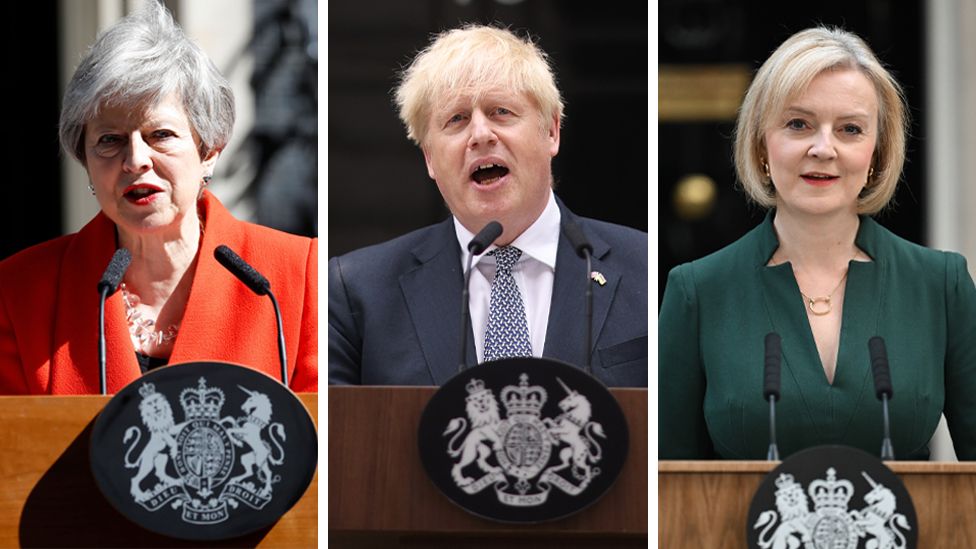
“We lost our minds.” That unforgiving assessment is how a former government official who had one of the most important jobs in Britain, sums up the huge political turbulence that engulfed the UK between 2016 and 2022. It was, as she sees it, a collective meltdown in a country previously known for stability.
That period began with a referendum that tore up the status quo that had governed the country for 40 years and ended with the departure of the fourth prime minister in six years. It included two general elections and a global pandemic that pushed the machinery of government to the edge.
One resident of No 10 Downing Street even broke the law, and just about every unwritten rule too. So called “permanent secretaries” – Whitehall bosses – turned out not to be so permanent after all, as tensions between the civil service and elected politicians reached fever pitch. And just for good measure, events of 2016 to 2022 poured political petrol on a burning conflict in the Conservative Party, the flames of which still glow today.

So why did our politics turn into a chaotic, high-stakes soap opera that left the civil service exhausted and the Conservative Party struggling to move on? How close did the British state come to implosion, and how did the conventions, checks and balances that have held it together for centuries come through their most prolonged stress test in a generation?
To answer these questions, I have spoken to dozens of senior politicians, staffers and former top officials to find out why they believe the era we have all just lived through was so wild. These were the people who were in the room when vital decisions were taken that affected us all, and they have relived and recounted the most intense moments for a major new BBC documentary series starting on Monday, State of Chaos.
We hear how rebels planned the takedown of Theresa May, sweating over computer screens, wearing shorts and flip flops as they plotted through the height of summer. We take you right inside Downing Street as Dominic Cummings discussed breaking the law. We reveal the drastic steps some officials were willing to take as the government teetered on the edge during the height of the pandemic. We go to the Bank of England when financiers were shouting down the phone, as Liz Truss and Kwasi Kwarteng’s decisions sent the markets into meltdown.

And what became obvious is how the pace of events got faster and faster, the controversies wilder and wilder. The clashes of Theresa May’s time, boiled into deliberate controversy and bust-ups across Whitehall under Boris Johnson, accelerating into the calamitous high-speed implosion of Liz Truss’ ridiculously short time in charge.
While our leaders were fighting amongst themselves, with Whitehall, or trying to get elected, they were often distracted by the politics, even though the practical challenges were vast. Consider the two profound events those different administrations were grappling with – the decision to leave the EU and the pandemic.
If you’d been travelling around the country during the early summer of 2016, the referendum result was not a surprise. But for the political establishment, for the institutions that wield power in this country, it was an incredible shock. It shook Westminster and Whitehall emotionally, leaving Parliament and government departments nervy, and unsure of their ground. That shock, evidence of how remote SW1 really was, became a justification for some Brexiteers of why they had wanted to quit the EU in the first place.
The decision then required the government and civil service to work out how to unplug the country from the framework it had followed for many decades, without a plan, and without political clarity.

Then along came a genuine national emergency, which began with an obscure-sounding virus thousands of miles away, plunging the country into a period of danger and uncertainty, and the government into chaos. There was no adequate plan. At the start Downing Street had scant information. Yet Whitehall and Westminster, barely recovered from the stresses and strains of making Brexit happen, had to try to cope with the biggest crisis since the World War Two, stepping into our lives in all sorts of ways to prevent disaster.
It might have been impossible for even the most harmonious government to keep calm through all of that. But the backdrop to it all was the screaming divisions inside the Conservative Party itself. Successive Tory governments walked into these challenges riddled with grudges, hurt and frustrations from the referendum campaign, including – on the Remain side – a deep sense of disbelief in quarters that the country had really voted to leave at all. The campaign made the splits ever more public and painful, carving the party into two deadly rival camps, and dragging in the whole country.
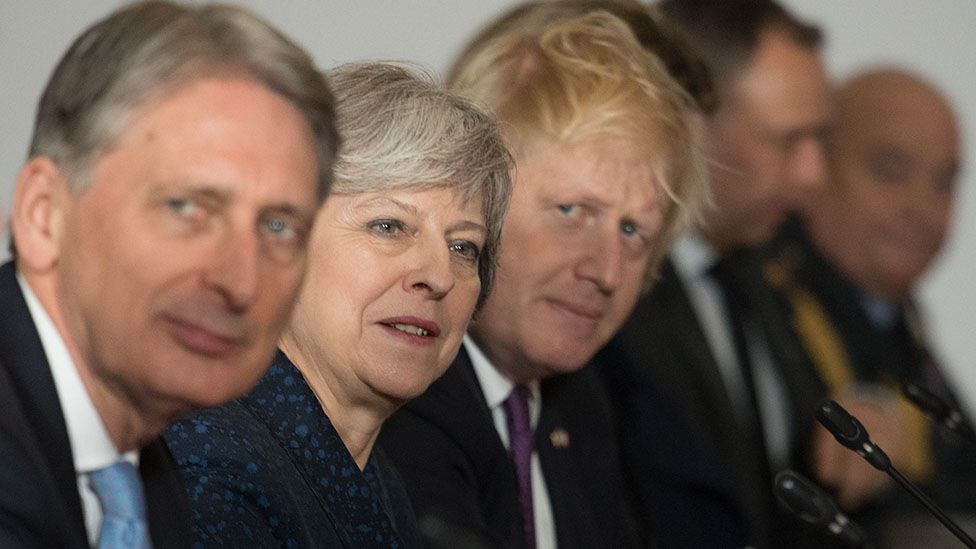
There were days in Westminster where everyone felt like an enemy. It was striking how many of our interviewees, looking back, burst into tears at the awful memories – getting off the Tube at Parliament Square every day to walk through screaming crowds of protestors, death threats and danger appallingly became the norm. There were days when the atmosphere around Westminster felt foreign, and unsafe.
Trying to ram the Brexit result through Parliament was like trying to mix oil and water – a binary yes or no, stay or leave, did not compute in a system designed to amend, to tweak, to make gradual change. The country saw Parliament failing to find a way through, night after night, obscure disagreement after obscure disagreement.
As a result, the way each successive prime minister tried to govern changed. Theresa May had disastrously tried to follow the traditional Conservative way, running a broad church to please as many of the people much of the time. But to actually take the UK out of the EU, Boris Johnson and his team concluded the only way was to force everyone in the Tory party to pick a side, and to treat anyone who disagreed as an enemy.
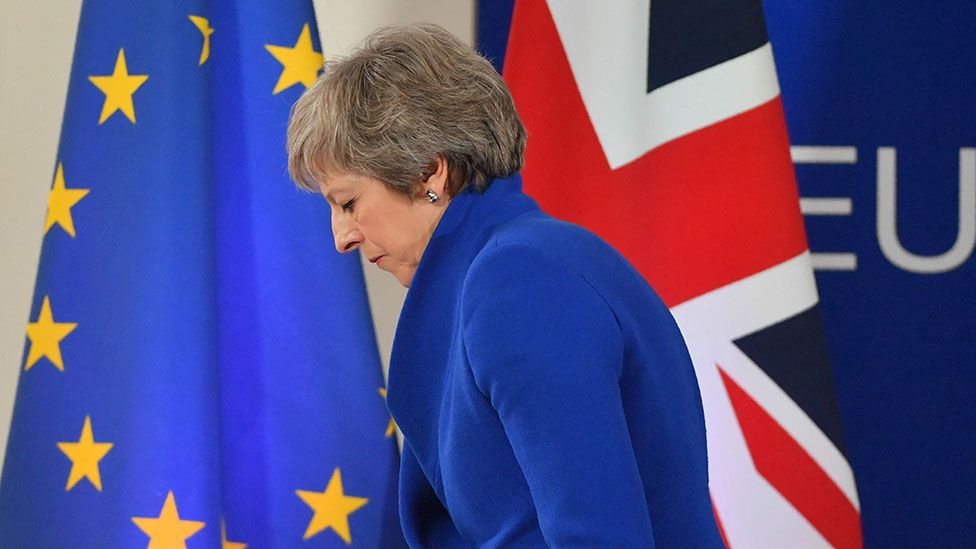
Liz Truss went even further, overtly rejecting what she called the “orthodoxy”, slamming the previous governments that even she had been part of, trying to change the course of the Conservatives at a hundred miles an hour. Her spectacular crash and burn was the logical end point, perhaps, of six years of chaos when the Conservatives so often turned in on themselves – and turned on each other.
David Cameron’s decision to allow his ministers to campaign on different sides of the referendum all those years ago meant the incentive for ambitious Conservatives was to disagree with the boss, rather than fall into line. It created a habit that descended into a dangerous political addiction.

With the governing party at war with itself, there was a desperate hunt for any weapon that would do, and creating controversy became a more and more convenient choice.
Remember, politicians have never exactly been angels. Before 2016, it was not unheard of for them to provoke arguments to get their point heard. But the divisions the referendum baked in were so deep, the stakes so high, that making noise, and making enemies became standard business. And the volumes of debate became so loud, that actions became ever more radical to be heard.
Elements in the Conservative Party made targets of the civil service, the law, Parliament (where it was actually in charge), and the “elite”, even though that was essentially blaming their reflections in the mirror. Boris Johnson, with the help of Dominic Cummings, picked fights which drove his rivals round the twist, to dramatic effect. Bosses in Whitehall were their targets often – the drive to reform the civil service was not new, and necessary even, according to some insiders – but the brutal tactics they tried to use, blew up.
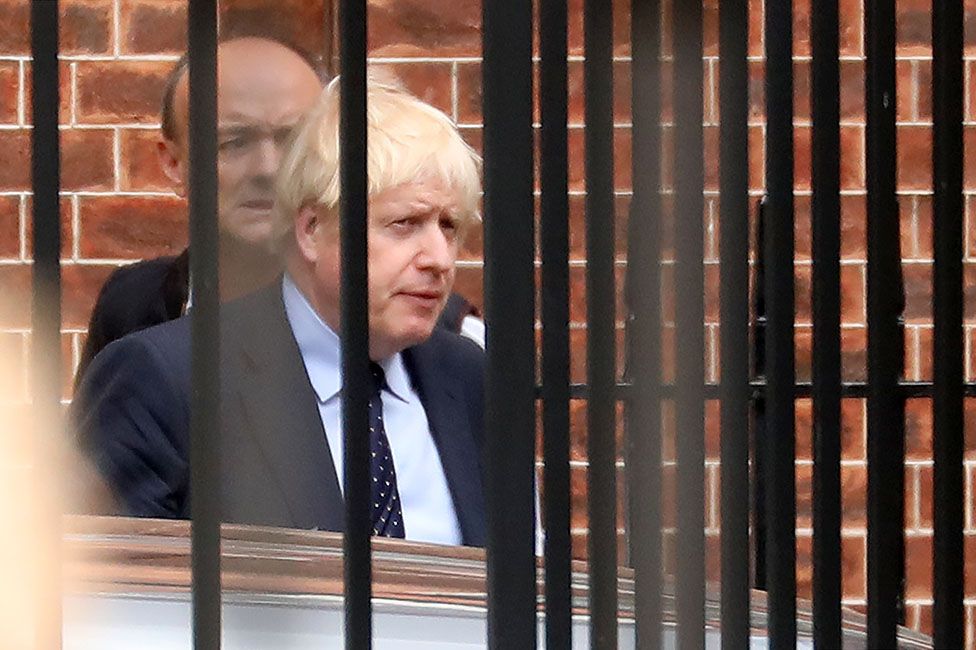
In the end, Mr Johnson found all the controversy sapped even his allies’ tolerance. Ms Truss enthusiastically ran at many fights, including her own track record in government, and ended up punching herself in the face.
The Conservatives spent much of the last six years treating each other as enemies, and hunting for other bogeymen – Brussels, Whitehall, even former Conservative governments. It was so messy because of the bad blood of the referendum campaign which seeped into the party and Parliament, compounded by Whitehall’s struggle to manage the challenges of Brexit and the pressures of the pandemic.
In all of our interviews for the series, it was glaringly obvious that not a single one disputed that things had gone terribly wrong. They point fingers in different places, but don’t try to pretend the last six years have been anything other than chaotic.
And the consequence? Conservative hopes of pushing forward bold solutions to many of the country’s problems, like social care, or housing, have largely had to wait. In private, many Conservatives now seethe at the lost opportunity of a big majority. It is normally only once in a generation that any political party gets the kind of numbers in the Commons that means they can make sweeping changes to the country – think of 1979 for the Conservatives, or 1997 for Labour. On paper, 2019 would have been one of those moments – not any more.
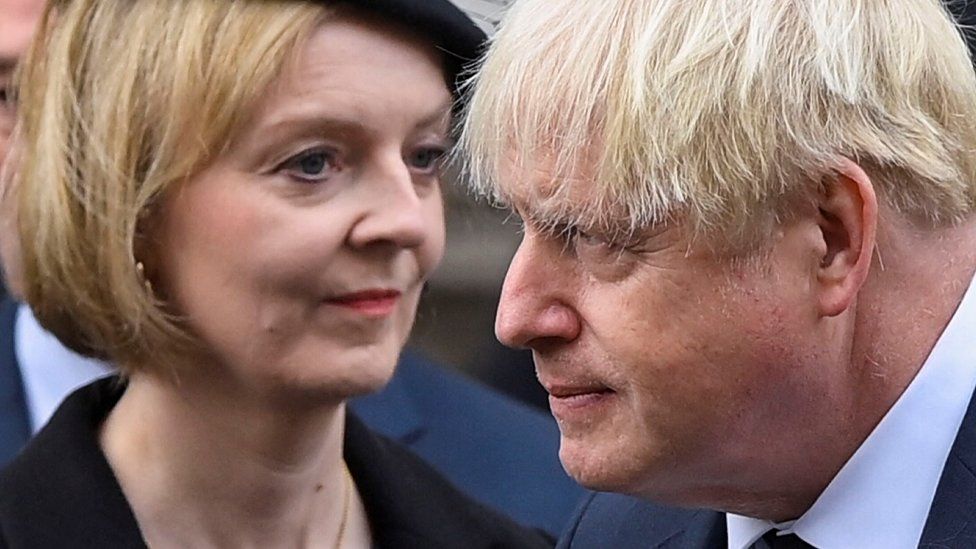
Different arguments about that era, 2016 to 2022, will rage for decades. None of the departed prime ministers have just given up. Theresa May is arguing for her reputation in a new book. Boris Johnson is being paid millions to put pen to paper, and some of his allies are still fighting the cause. Liz Truss is writing her own version of events too.
And while the chaos has, under Rishi Sunak, subsided, achieving his primary goal, there is no escape from the legacy of those years of mess. There is a seemingly never-ending stream of by-elections, as the former PM’s old allies leave the scene. A coalition of voters brought together by Mr Johnson’s Brexit, is now up for grabs. The public finances are in bad shape, partly down to the actions of Ms Truss and Kwasi Kwarteng.
Whitehall feels battered, depleted. Its vulnerabilities were laid so bare during the pandemic that confidence has fallen away in some quarters. And it’s common now for politicians to target Whitehall as “the blob” – resistant to change, still accused of having never wanted Brexit at all.
At senior levels of the civil service there has long been an acknowledgement that the Rolls-Royce reputation of Whitehall may not be entirely deserved, and things have to change. But being the target of overt political attacks has hardly helped ease that along. On the other side, ministers privately wonder even if some departments are on a “go-slow”, after all the drama, waiting out what might be left of this Conservative administration before a potential change next time round.
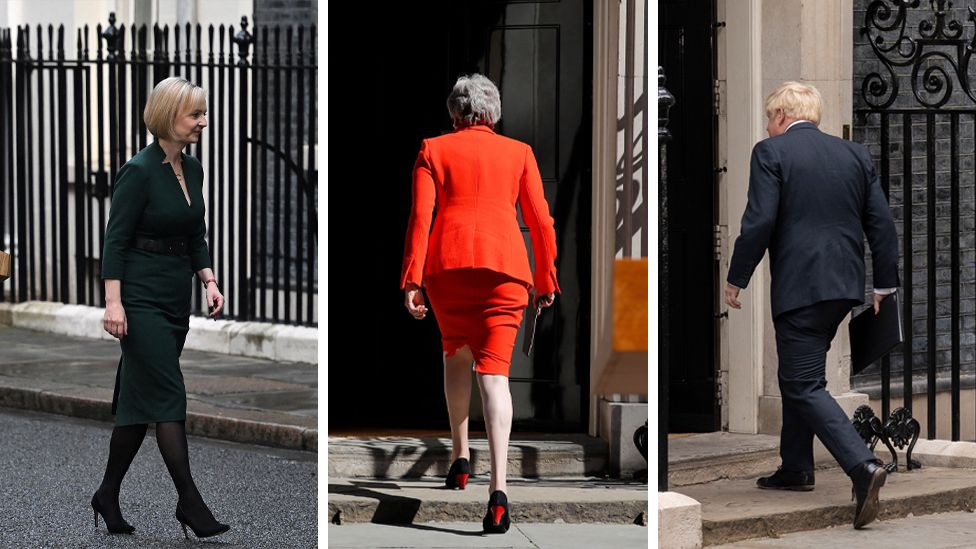
But more than anything, perhaps we are left with a big problem that affects every political group. After all the drama, many voters wonder if any party, any leader would actually put them first. Would any of the promises they make actually come true?
The two contenders to be the next prime minister, unkindly branded “dull and duller” by one of their rivals, do not have the obvious instinct to breed deliberate controversy, to break the rules. Yet without excitement, without screeds of evidence of passion and conviction, can they really enthuse the public at all? An apathetic, exhausted electorate might, next time, just stay at home.
Over the next three weeks we will reveal just how close the political system came to falling apart, and how conventions were smashed to bits.
The deepest irony of course? David Cameron’s decision to hold the referendum was meant to end the Tories’ internal woes over Europe. In fact, it opened up a nasty chasm in our political system that nearly sucked everyone and everything in.
From Theresa May’s slow demise to Liz Truss’ sharp exit, the fighting and campaigning never really stopped. Maybe it made it hard for the governing ever really to begin.
- You can watch the first part of State of Chaos on BBC Two and BBC iPlayer on Monday 11 September at 21:00
Related Topics
- Conservative Party
- Theresa May
- Boris Johnson
- Liz Truss
- Brexit
- Civil Service
Published at Sat, 09 Sep 2023 13:40:08 +0000
